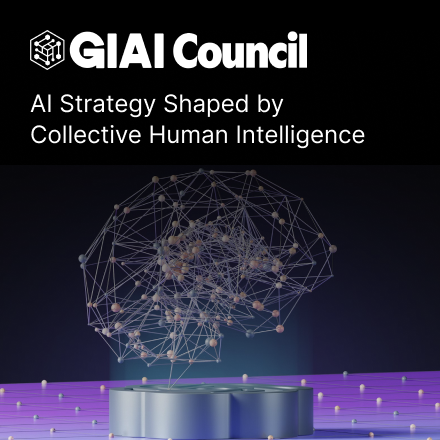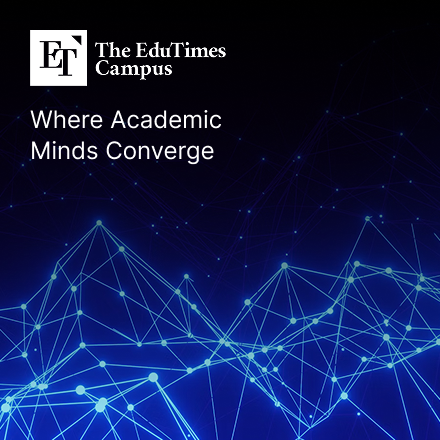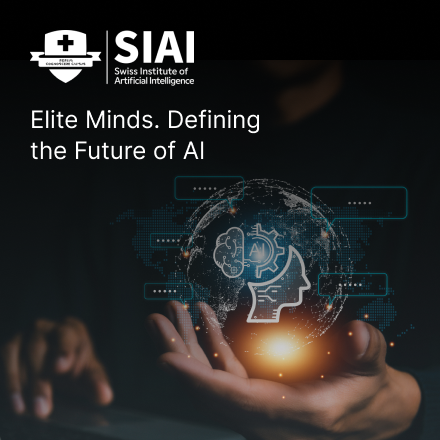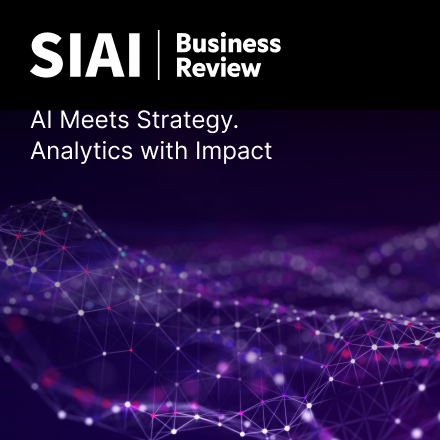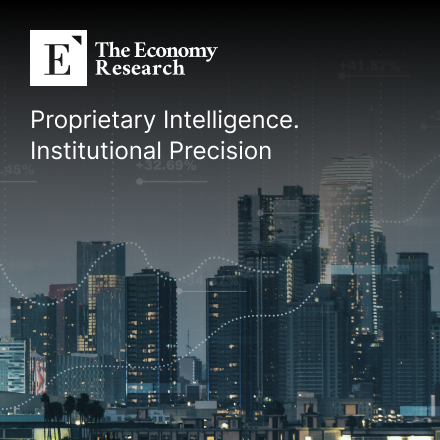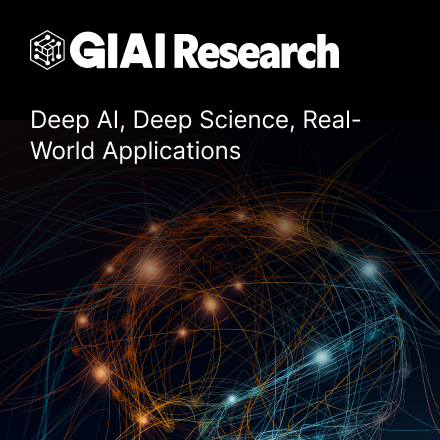Input
Changed
This article is based on ideas originally published by VoxEU – Centre for Economic Policy Research (CEPR) and has been independently rewritten and extended by The Economy editorial team. While inspired by the original analysis, the content presented here reflects a broader interpretation and additional commentary. The views expressed do not necessarily represent those of VoxEU or CEPR.
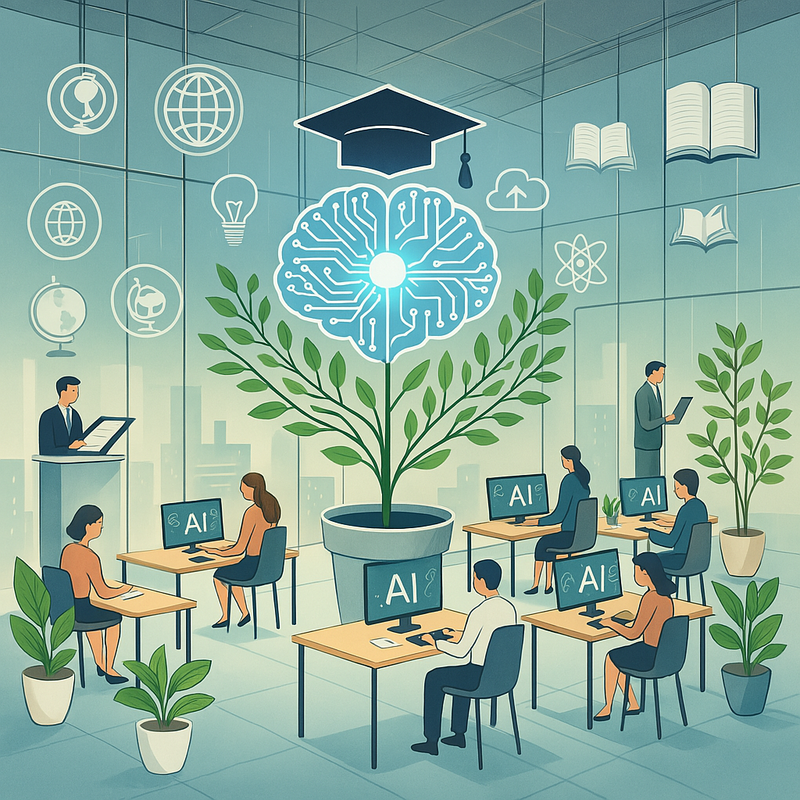
A profound truth is unfolding across global higher education: the fundamental transformation is not in what we teach but how we structure learning ecosystems. This shift, catalyzed by the transformative power of AI and digital tools, reveals a more profound truth—campus walls no longer define the quality of learning. Instead, institutional agility and data-driven design determine educational impact. This is precisely the direction SIAI has embraced—not merely teaching AI or Data Science but embedding AI as a structural principle for academic and operational delivery.
The supervisor’s vision, rooted in the urgent need for online-first infrastructure and responsible use of educational technology, reflects a critical ESG (Environmental, Social, Governance) reorientation for universities. But this vision, while compelling, demands a sharper interpretation: This isn't just a pedagogical shift—it’s a systemic re-architecture of higher education, and the implications are massive.
Online-First is Not a Backup—It’s the Blueprint for Education’s Next Operating System
When we look at trends emerging post-COVID, the question isn't whether institutions will return to the pre-pandemic classroom model; it’s whether they can afford to. As the University World News article rightly highlights, flexible learning, ethical deployment of technology, and digitally mediated pedagogy are no longer optional. Yet, this needs to go further: we must see online-first as foundational infrastructure, not merely a contingency plan or flexible add-on.
SIAI’s model—100% online delivery with bi-monthly physical meetings for social cohesion—is not a compromise. It's a prototype for education that prioritizes inclusivity, scalability, and intelligent automation. It mirrors the model of institutions like Minerva University or the Open University but further ties AI into the core of educational administration and delivery, enhancing the learning experience and efficiency.
Quantitative Shift: Online Delivery and AI Integration Enhance Institutional Efficiency
According to UPCEA, institutions leveraging AI tools within LMS platforms, such as Moodle, are seeing up to 40% faster grading cycles, a 30% reduction in administrative overhead, and significant improvements in student feedback cycles. This is not just about saving time—it’s about reallocating human attention toward mentoring, peer support, and real-world problem-solving.
Moreover, moving toward online instruction reduces physical overhead. Consider this:
These data points show that AI-enabled, online-first education isn't just effective—it's economically and operationally superior, providing a confident path forward for educational institutions.
EdTech as Strategic Infrastructure, Not a Teaching Aid
According to EdTech Magazine, modern IT strategies adopted by forward-thinking institutions now integrate tools like predictive analytics, automated advising systems, and adaptive learning content directly into core curricula. At SIAI, this means AI doesn’t just automate quizzes or recommend courses—it helps structure learner journeys. For example, student performance in a machine learning module triggers personalized content reinforcement, proactive nudges for peer engagement, or even real-time coach interventions.
Many institutions misunderstand the potential here. They see EdTech as a set of tools rather than an architectural principle. The Moodle-based implementation of AI, for instance, allows for continuous curriculum improvement based on cohort-wide data—not possible in a fragmented, offline environment.
The Trend is Irreversible—and Global
The movement isn’t theoretical. According to The Future of Universities report, over 68% of universities have increased their online offerings since 2020, with nearly half planning to make online programs a central pillar of their strategic growth plans. Institutions such as Arizona State University, Imperial College London, Purdue Global, and even hybrid models like Purdue Global are leveraging cloud-native systems, AI tutoring agents, and learning analytics dashboards to scale high-touch learning to tens of thousands of students.
We’re not suggesting the campus will vanish. The supervisor pointed out that physical campuses will remain—just not at the center. Instead, they will evolve into nodes of community and collaboration, not administrative necessity.
The ESG Lens: Digital Learning as Ethical Imperative
SIAI’s structure reflects a modern ESG framework. Environmental gains stem from reduced carbon footprints via minimized commuting and real estate use. Social benefits arise from access—learners from low-income or geographically remote regions participate fully in a high-quality system. The most complex layer of governance involves how institutions manage data ethics, AI transparency, and student autonomy. At SIAI, these are not afterthoughts—they’re embedded into the system’s architecture.
Conclusion: Policy Reimagination, Not Just Innovation Adoption
The takeaway is clear: institutions must stop treating online learning as a secondary channel. The center of gravity in education has shifted, and models like SIAI are early adopters of what will become standard. The supervisor's original points align with this trajectory, but the deeper opportunity lies in reimagining educational policy through the lens of AI-native, ESG-informed systems design.
This is not about technology for technology’s sake. It’s about reshaping education to be more innovative, inclusive, and operationally sound—by design.










